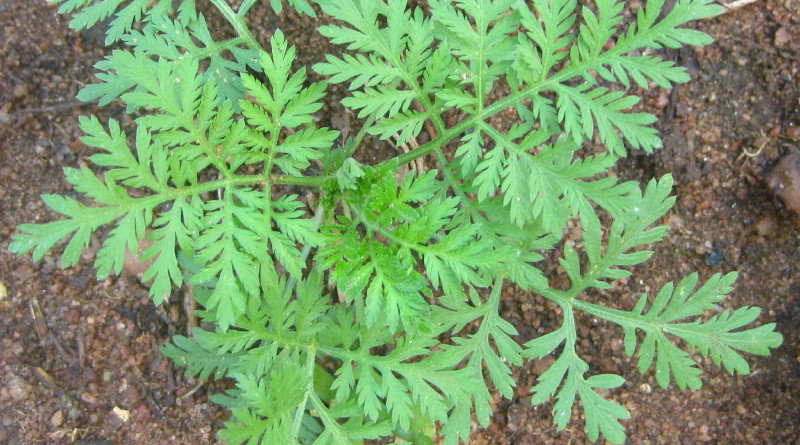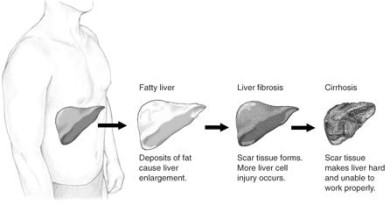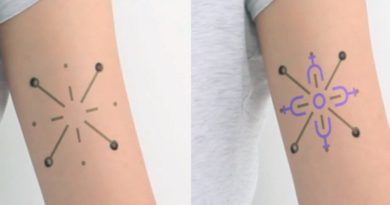Old Malaria Drug: Promising Cure for Type 1 Diabetes?
Type 1 diabetes is characterized by the destruction of pancreatic β cells. Replacing β cell mass by pancreatic islet transplantation has been shown to be curative in principle but is limited by the availability of donor cells, immunological complications, and transplant survival. More ideal approach would be generating new insulin-producing cells from other cell types in the body of a person with type 1 diabetes.
Malaria drug Artemisinin may help type 1 diabetes
Artemisinin is a herb isolated from the plant Artemisia annua, or sweet wormwood. Artemisinins are powerful medicines known for their ability to swiftly reduce the number of malaria parasites in the blood of patients with malaria. Artemisinin-based combination therapies (ACTs) are recommended by World Health Organization as the first-line treatment for uncomplicated P. falciparum malaria.
In a groundbreaking research published in the journal Cell, Austrian researchers showed that Artemisinins transform glucagon-producing alpha cells in the pancreas into insulin producing cells – thereby acquiring features of beta cells, the cell type damaged in type 1 diabetes.
Apart from beta cells, alpha cells and three other types of cells in the pancreas are responsible for regulating blood sugar levels. Beta cells help reduce the blood sugar level by producing insulin whereas alpha cells produce glucagon that increases the blood sugar levels. However, alpha cells are flexible: they can transform into beta cells. Previous research has shown that in cases of extreme beta cell depletion, alpha cells can turn into insulin-producing beta cells, with the help of an epigenetic regulator known as Arx.
Now, scientists were able to test the effects of a wide range of approved drugs on cultured alpha cells using a specially designed, fully automated assay. Researchers found that artemisinins had the same effect as a loss in Arx.
How do artemisinins reshape alpha cells?
Artemisinin binds to a protein called gephyrin, that activates GABA receptors, central switches of the cellular signaling. Subsequently, the change of countless biochemical reactions lead to the production of insulin. Another study by Patrick Collombat, published in the same issue of Cell, shows that in mouse models injections of GABA also lead to the transformation of alpha into beta cells, suggesting that both substances target the same mechanism.
“Obviously, the long term effect of artemisinins needs to be tested,” says Stefan Kubicek, the lead author of the study. “Especially the regenerative capacity of human alpha cells is yet unknown. Furthermore, the new beta cells must be protected from the immune system. But we are confident that the discovery of artemisinins and their mode of action can form the foundation for a completely new therapy of type 1 diabetes.”
Source: https://www.sciencedaily.com/releases/2016/12/161201121727.htm, http://cemm.at/news/
- Type 2 Diabetes and Life Expectancy - July 20, 2022
- Seven Minute Work Out for Diabetics - July 25, 2017
- Six Moves for a 30 Minute Work Out For Diabetics - June 15, 2017




